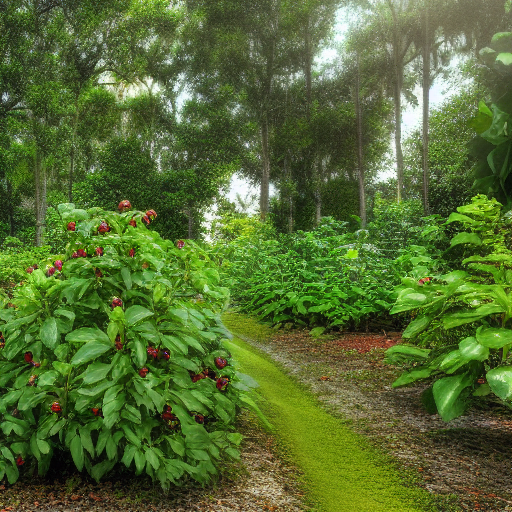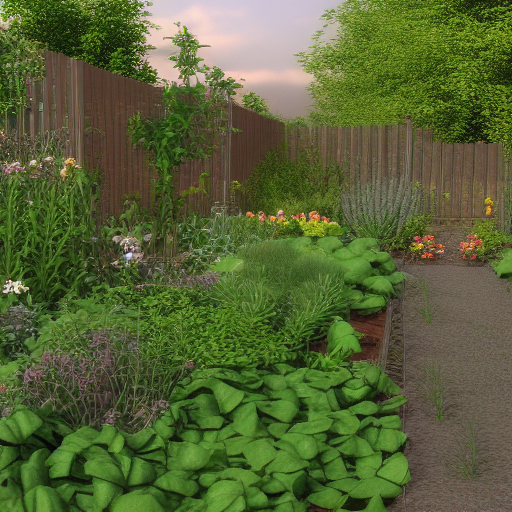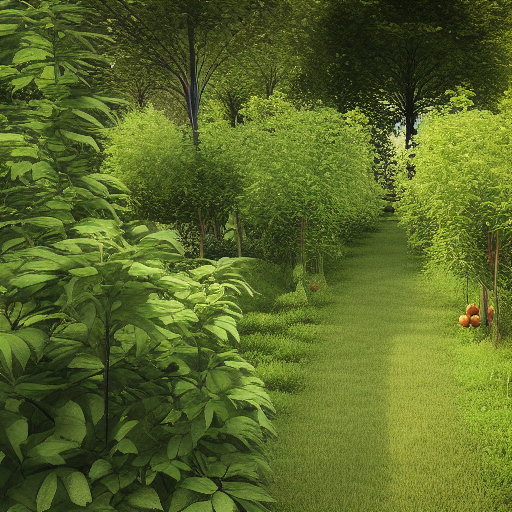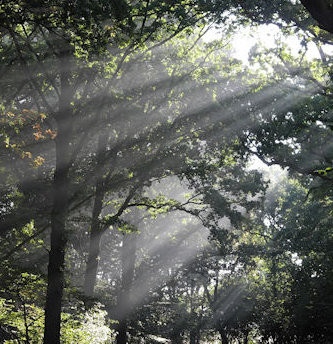Written by Don Richardson

You may have heard of victory gardens before, but what about food forests? Though these two terms may not be immediately familiar to you, they both refer to specific types of gardens that offer a bounty of benefits. But what exactly are they? And more importantly, how are they similar and how are they different? Keep reading to find out!
 What is a Food Forest?
What is a Food Forest? A food forest is a type of garden that integrates trees, shrubs, herbs, and perennials in a way that mimics a natural forest ecosystem. The goal of a food forest is to create a space where you can go to harvest food while also providing habitat for pollinators and other wildlife.
 What is a Victory Garden?
What is a Victory Garden? A victory garden is a type of garden that was popularized during World War I and World War II. These gardens were used to supplement the food supplies of families during times of rationing and shortages. Victory gardens typically consisted of vegetables, fruits, and herbs.
Similarities Between Food Forests and Victory Gardens
Though food forests and victory gardens are different in some ways, there are also many similarities between the two. Let's take a look at some of the most noteworthy similarities below.
- Both food forests and victory gardens can be used to supplement your food supply.
- Both types of gardens are relatively easy to set up and maintain.
- Both food forests and victory gardens can be grown in small spaces.
- both provide habitat for pollinators and other wildlife.
- Herbs, vegetables, fruits, and other edible plants can all be grown in both food forests and victory gardens.
- Both types of gardens can help you become more self-sufficient.
- Both food forests and victory gardens can improve your mental and physical health.
- Food forests and victory gardens can both provide you with fresh air, exercise, and relaxation.
Both food forests and victory gardens are designed to be low maintenance. This means that once the garden is established, it will require very little ongoing care. This is opposed to traditional gardens, which often require frequent weeding, watering, and fertilizing in order to stay healthy.
A food forest is very similar to a Victory Garden. They are both planting systems that were developed out of necessity. The main difference between the two is that a Food Forest is a more sustainable and naturalistic approach to gardening.
 How does a Food Forest Differ from a Victory Garden?
How does a Food Forest Differ from a Victory Garden? The main difference between a Food Forest and a Victory Garden is in their philosophy. Victory Gardens were created as a way to increase food production during wartime. They relied heavily on chemical fertilizers and pesticides. In contrast, Food Forest rely on natural methods such as composting and mulching to create rich soils that can support an abundance of plant life.
Another key difference is that Victory Gardens were typically planted with annual crops such as tomatoes and beans. These crops need to be replanted every year. A Food Forest is planted with mainly Perennial crops such as fruit trees and berry bushes can remain in the ground for years, yielding an ongoing supply of fresh produce.
Both food forests and victory gardens have their pros and cons. It really depends on your individual needs as to which type of garden is right for you. If you're looking for a low maintenance option that can provide a variety of resources, then a food forest may be the way to go. But if you're wanting to grow enough produce to subsist on, then you may want to consider planting a victory garden. If you are really ambitious and want plenty of diversity, then plant both. No matter which type of garden you choose, the important thing is that you get started!









0 Comments